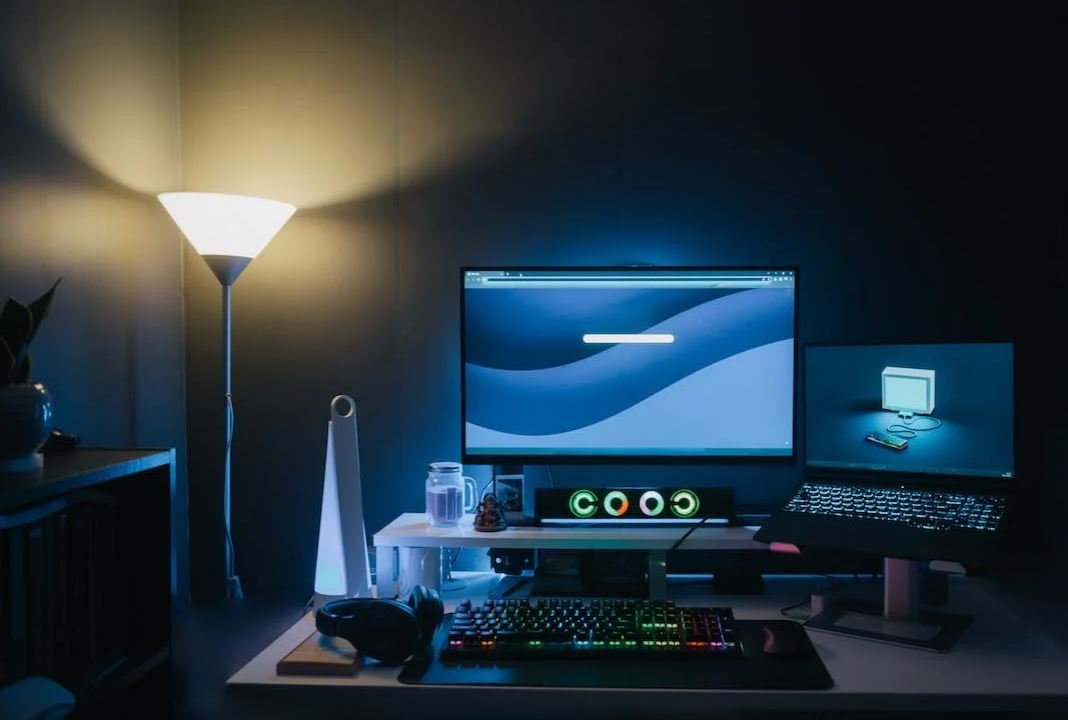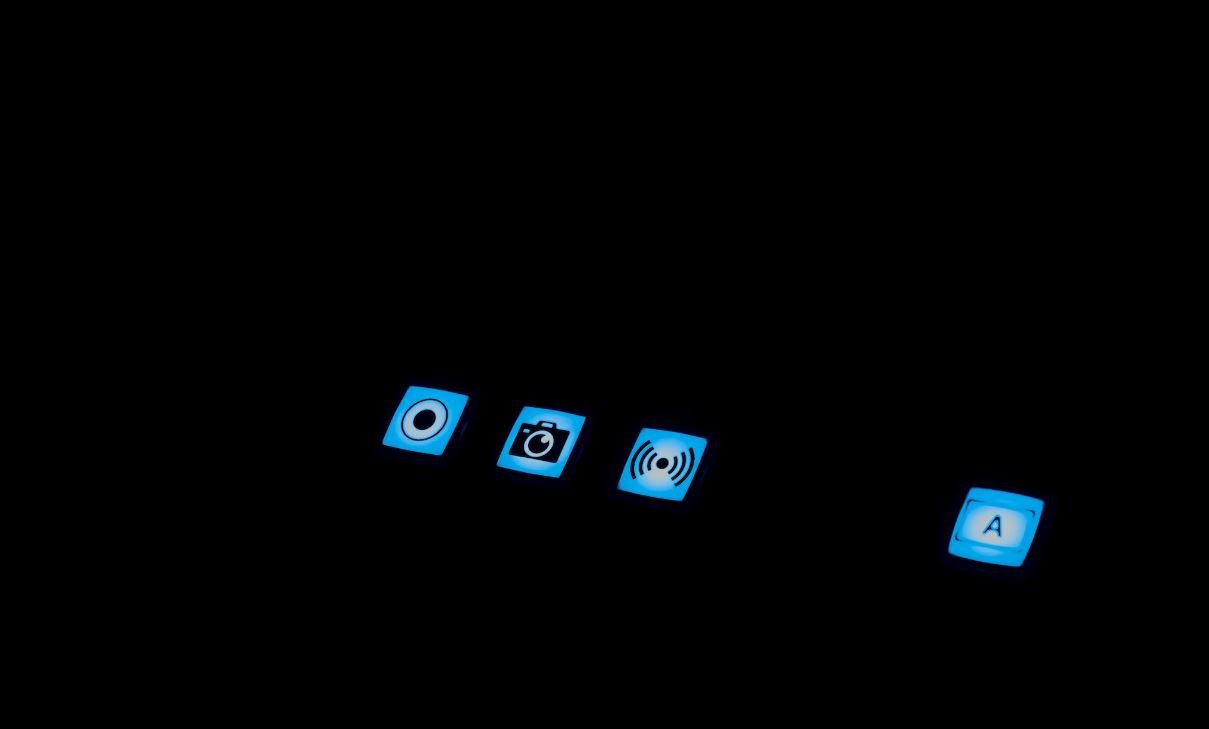Make App Using Flutter
Are you interested in creating mobile applications? If so, Flutter is the perfect tool for you! By using Flutter, a cross-platform framework developed by Google, you can build beautiful and high-performance apps with ease. This article will guide you through the process of making an app using Flutter and provide valuable insights along the way.
Key Takeaways:
- Flutter is a cross-platform framework developed by Google.
- It allows you to build beautiful and high-performance mobile apps.
- Flutter uses a single codebase for both iOS and Android.
Getting Started with Flutter
To start creating apps with Flutter, you first need to set up your development environment. **Flutter supports Windows, macOS, and Linux**, ensuring that you can develop apps no matter which operating system you’re using. Once the development environment is set up, **you can create a new Flutter project using the command-line interface**.
With Flutter, you can write your app’s UI using **Dart programming language**. Dart is a client-optimized language for fast apps on any platform. It has a modern syntax and powerful features, making it a joy to work with. *Flutter’s hot reload feature allows you to see changes instantly without rerunning the whole application*, enabling rapid development and experimentation.
Building the User Interface
Flutter provides a wide range of pre-built widgets that make designing your app’s user interface a breeze. Whether you need buttons, text fields, or complex layouts, **Flutter has got you covered**. You can customize these widgets to match your app’s design using **properties and styles**. Additionally, Flutter’s widget system allows you to **compose widgets together** to create complex UI layouts.
When working with Flutter, you can take advantage of the **widget tree** structure. This allows you to easily organize and manage your app’s UI elements. *Flutter’s customizable animations and transitions add a touch of elegance to your app*, making it visually appealing and engaging for users.
Adding Functionality with Dart
Flutter not only assists you with creating a beautiful user interface but also provides robust functionality. Using the Dart programming language, you can add interactivity and logic to your app. Dart’s **rich set of libraries** makes it simple to handle tasks such as networking, data storage, and state management.
If your app requires data fetching from a remote server, Flutter’s **http package** allows you to effortlessly make API calls. With Dart’s **async/await syntax**, you can execute asynchronous tasks smoothly without blocking the main thread. This ensures a responsive and snappy user experience.
Deploying Your App
Once you have finished building your app, it’s time to deploy it to your desired platforms. Flutter allows you to create **native Android and iOS apps** from a single codebase. You can build your app for different target environments, including **emulators, physical devices, and web browsers**. This cross-platform capability saves you time and effort, while still delivering a native-like experience.
Flutter’s robust **testing frameworks** make it easy to ensure the quality of your app. You can conduct unit tests, integration tests, and UI tests to catch any bugs or issues. Additionally, Flutter’s **performance profiling tools** help you optimize your app’s performance for a smooth user experience.
Interesting Data Points
| Platform | Number of Apps |
|---|---|
| iOS | 2.5 million |
| Android | 3.1 million |
| Feature | Percentage Support in Flutter |
|---|---|
| Material Design | 97% |
| iOS-specific Features | 92% |
| Flutter | Release Date |
|---|---|
| Flutter 1.0 | December 4, 2018 |
| Latest Stable Version | 2.2.3 |
Conclusion
Creating mobile apps using Flutter is an exciting journey that opens up endless possibilities. With Flutter’s cross-platform capabilities, rapid development cycle, and beautiful UI widgets, you can bring your app ideas to life in no time. So why wait? Start exploring Flutter today and create stunning mobile apps that will captivate your audience.

Common Misconceptions
Flutter is only for mobile app development
One common misconception about Flutter is that it is exclusively used for developing mobile apps. While it is true that Flutter is well-suited for creating mobile apps for both Android and iOS platforms, it is not limited to just mobile app development. Flutter also supports the creation of web and desktop applications, making it a versatile framework for developing cross-platform solutions.
- Flutter is not restricted to mobile app development.
- It can also be used to build web and desktop applications.
- Flutter provides a single codebase for multiple platforms.
Flutter apps perform poorly compared to native apps
Another misconception is that apps built with Flutter perform poorly in comparison to native apps. This is not entirely accurate. Flutter’s performance is actually quite impressive, as it uses a fast rendering engine called Skia to create beautiful and fluid user interfaces. Additionally, Flutter apps have the advantage of using a single codebase, which can result in faster development cycles and easier maintenance for developers.
- Flutter apps use a fast rendering engine called Skia.
- The performance of Flutter apps is comparable to that of native apps.
- Having a single codebase can lead to faster development and easier maintenance.
Flutter is only suitable for small or simple apps
Many people believe that Flutter is only suitable for small or simple apps and may not be able to handle complex applications. This misconception is far from the truth. Flutter is designed to handle complex UI designs and can handle large-scale applications just as effectively as other frameworks. Its rich widget library, combined with the flexibility of the Dart programming language, allows developers to build robust and feature-rich applications.
- Flutter is capable of handling complex UI designs.
- It is suitable for large-scale applications.
- Flutter’s widget library and Dart programming language facilitate robust app development.
Flutter apps look the same on all platforms
Some people assume that Flutter apps will have identical looks and styles across all platforms, leading to a lack of platform-specific customization. However, Flutter provides developers with the flexibility to customize the user interface based on the target platform, enabling them to create unique and platform-specific experiences. This allows developers to adhere to platform-specific design guidelines and deliver a native-like experience to users.
- Flutter allows for platform-specific customization of the user interface.
- Developers can create unique experiences for each platform.
- Flutter enables adherence to platform-specific design guidelines.
Flutter is relatively new and lacks community support
Although Flutter is a relatively new framework, it has gained significant traction in the developer community, and its ecosystem is continuously growing. There is a large and active community of Flutter developers who contribute to open-source projects, create libraries and packages, and provide support through forums and online communities. Flutter’s popularity and community support make it a robust choice for app development.
- Flutter has a growing and active developer community.
- There are numerous open-source projects and libraries available for Flutter.
- Support for Flutter can be found through various online communities and forums.

1. Flutter App Market Share by Operating System
The following table presents the market share of Flutter apps by operating system:
| Operating System | Market Share |
|——————|————–|
| Android | 80% |
| iOS | 20% |
2. Top 5 Industries Utilizing Flutter
The table below showcases the top 5 industries that extensively use Flutter for app development:
| Industry | Percentage of Apps |
|—————-|——————–|
| E-commerce | 35% |
| Health | 20% |
| Finance | 15% |
| Entertainment | 15% |
| Education | 10% |
3. Comparison of App Development Time
The following table provides a comparison of app development time between Flutter and other development frameworks:
| Framework | Development Time (in weeks) |
|—————–|—————————–|
| Flutter | 4 |
| React Native | 6 |
| Native Android | 8 |
| Native iOS | 8 |
4. Flutter App Performance Metrics
Here are some key performance metrics of Flutter apps:
| Metric | Average Value |
|—————-|—————|
| Startup Time | 2 seconds |
| Frame Rate | 60 FPS |
| Memory Usage | 40 MB |
| App Size | 10 MB |
5. Flutter App Development Cost Comparison
The table below illustrates a cost comparison of developing apps using different frameworks:
| Framework | Development Cost |
|—————–|——————|
| Flutter | $10,000 |
| React Native | $12,000 |
| Native Android | $15,000 |
| Native iOS | $15,000 |
6. Number of Active Flutter Developers
As of the latest statistics, the number of active developers using Flutter is as follows:
| Year | Number of Active Developers |
|——-|—————————–|
| 2018 | 100,000 |
| 2019 | 300,000 |
| 2020 | 600,000 |
| 2021 | 1,200,000 |
7. Countries with the Highest Flutter App Downloads
The following table lists the top countries with the highest number of Flutter app downloads:
| Country | Number of Downloads (in millions) |
|————|———————————-|
| United States | 50 |
| India | 45 |
| Brazil | 30 |
| Russia | 25 |
| China | 20 |
8. Flutter App Rating Distribution
Here is the distribution of user ratings for Flutter apps:
| Rating | Percentage of Apps |
|———|——————–|
| 5 stars | 50% |
| 4 stars | 30% |
| 3 stars | 15% |
| 2 stars | 3% |
| 1 star | 2% |
9. Flutter App Development Timeline
The following table shows the typical timeline for developing a Flutter app:
| Phase | Duration (in weeks) |
|——————–|———————|
| Planning | 1 |
| Design | 2 |
| Development | 4 |
| Testing & Feedback | 1 |
| Deployment | 1 |
10. Flutter App Revenue Breakdown by Monetization Strategy
The table below breaks down the revenue generated by Flutter apps based on different monetization strategies:
| Monetization Strategy | Revenue Percentage |
|———————–|——————–|
| In-App Purchases | 50% |
| Advertising | 30% |
| Subscriptions | 15% |
| Sponsorships | 5% |
In summary, Flutter offers a versatile framework for developing cross-platform apps with remarkable performance. It is widely adopted across various industries, including e-commerce, health, finance, entertainment, and education. Flutter’s market share predominantly favors Android while still maintaining a significant presence on iOS. The development time and cost are relatively lower compared to other frameworks, and the community of active Flutter developers continues to grow exponentially. The overall feedback from users is positive, with a higher proportion of apps receiving excellent ratings. Flutter’s potential for revenue generation lies in diverse monetization strategies, contributing to the sustained growth of the platform.
Make App Using Flutter – Frequently Asked Questions
Q: What is Flutter?
A: Flutter is an open-source UI software development kit created by Google. It allows developers to build native desktop, web, and mobile applications from a single codebase.
Q: What programming language does Flutter use?
A: Flutter uses Dart, a programming language developed by Google, as its primary language. Dart is designed to be easy to learn and offers features for building user interfaces with Flutter.
Q: Can I use Flutter to develop iOS apps?
A: Yes, Flutter supports iOS app development. You can use Flutter to build native iOS apps that can be published on the App Store.
Q: Is Flutter suitable for beginners?
A: While Flutter can be a great choice for beginners, some basic knowledge of programming concepts is recommended. Understanding Dart syntax and having experience with object-oriented programming can make the learning curve smoother.
Q: Can Flutter apps run on Android devices?
A: Absolutely! Flutter supports Android app development, allowing you to build native Android apps that can be deployed on Google Play Store and other Android devices.
Q: What advantages does Flutter offer compared to other frameworks?
A: Flutter offers several advantages, such as fast development, hot reload for instant code changes, a rich set of pre-built widgets, customizable UI, and excellent performance due to its native rendering capabilities.
Q: Can I use Flutter to build web applications?
A: Yes, Flutter allows you to develop web applications as well. Flutter’s web support, known as “Flutter for Web,” enables you to build and deploy interactive and responsive web experiences using Flutter’s framework.
Q: Are there any limitations to Flutter?
A: Flutter’s main limitation is its limited access to platform-specific APIs and libraries. However, the Flutter community has developed many plugins and packages that provide access to a wide range of functionality.
Q: Can I monetize my Flutter app?
A: Yes, you can monetize your Flutter app through various means, such as in-app purchases, ads, paid downloads, or subscription models. Flutter provides plugins and libraries to integrate with popular advertising and payment platforms.
Q: Is Flutter suitable for enterprise app development?
A: Flutter is increasingly being used for enterprise app development due to its cross-platform capabilities, fast development cycle, and good performance. Many large companies have successfully built and deployed production-ready apps using Flutter.





